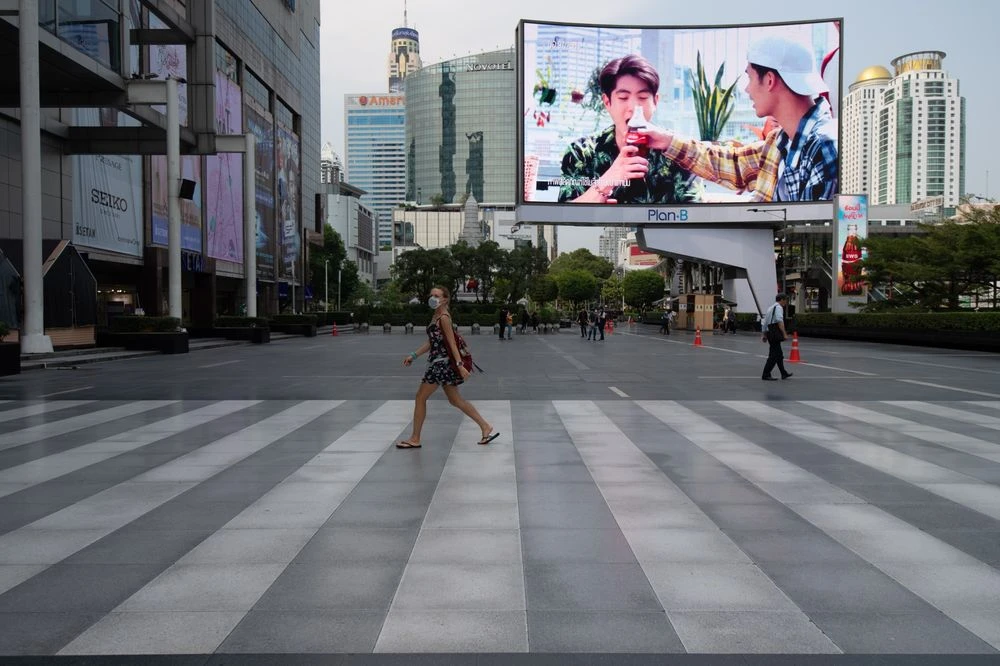
In a report released Monday, the Washington-based lender also warned of “substantially higher risk” among households that depend on industries particularly vulnerable to the impact of Covid-19. These include tourism in Thailand and the Pacific Islands; manufacturing in Vietnam and Cambodia; and among people dependent on “informal labor” in all countries.
The World Bank urged the region to invest in expanding conventional health care and medical equipment factories, as well as taking innovative measures like converting ordinary hospital beds for ICU use and rapidly training people to work in basic care. It also called for “targeted fiscal measures” such as subsidies for sick pay that would help with containment and aid households.
“In addition to bold national actions, deeper international cooperation is the most effective vaccine against this virulent threat,” said Aaditya Mattoo, chief economist for East Asia and the Pacific at the World Bank. “Countries in East Asian and the Pacific and elsewhere must fight this disease together, keep trade open and coordinate macroeconomic policy.”
The bank said such cooperation could include cross-border public-private partnerships to boost production and supply of medical supplies and services, and ensure financial stability in the aftermath of the virus.
Openness Needed
“Critically, trade policy should stay open so medical and other supplies are available to all countries, as well as to facilitate the region’s rapid economic recovery,” it said. The report noted that the pandemic struck just as the region was recovering from the impact of the U.S.-China trade war.
Another recommendation made in the report is easing credit to help households smooth their consumption and help firms survive the immediate shock. Yet the bank urged close monitoring of such programs.
Given the potential of an extended crisis, such a move would require “regulatory oversight, particularly as many countries in EAP already carry a high burden of corporate and household debt,” it said. “For poorer countries, debt relief will be essential, so that critical resources can be focused on managing the economic and health impacts of the pandemic.”
The projections are based on a baseline growth scenario, but an extended crisis could see a further deterioration in the economic situation, the bank said. Under its lower case scenario, almost 35 million people would be expected to remain in poverty, including 25 million in China alone. It uses a poverty line of $5.50 a day.
The bank also downgraded economic growth forecasts, while noting the speed at which the crisis was unfolding made it difficult to provide precision. As a result, it has used two scenarios:
- Growth in the developing EAP region is projected to slow to 2.1% in the baseline in 2020, with an economic contraction of 0.5% seen in the lower case scenario. That compares with an estimated expansion of 5.8% in 2019
- Growth in China is projected to decline to 2.3% in the baseline and 0.1% in the lower case scenario in 2020, from 6.1% in 2019




















